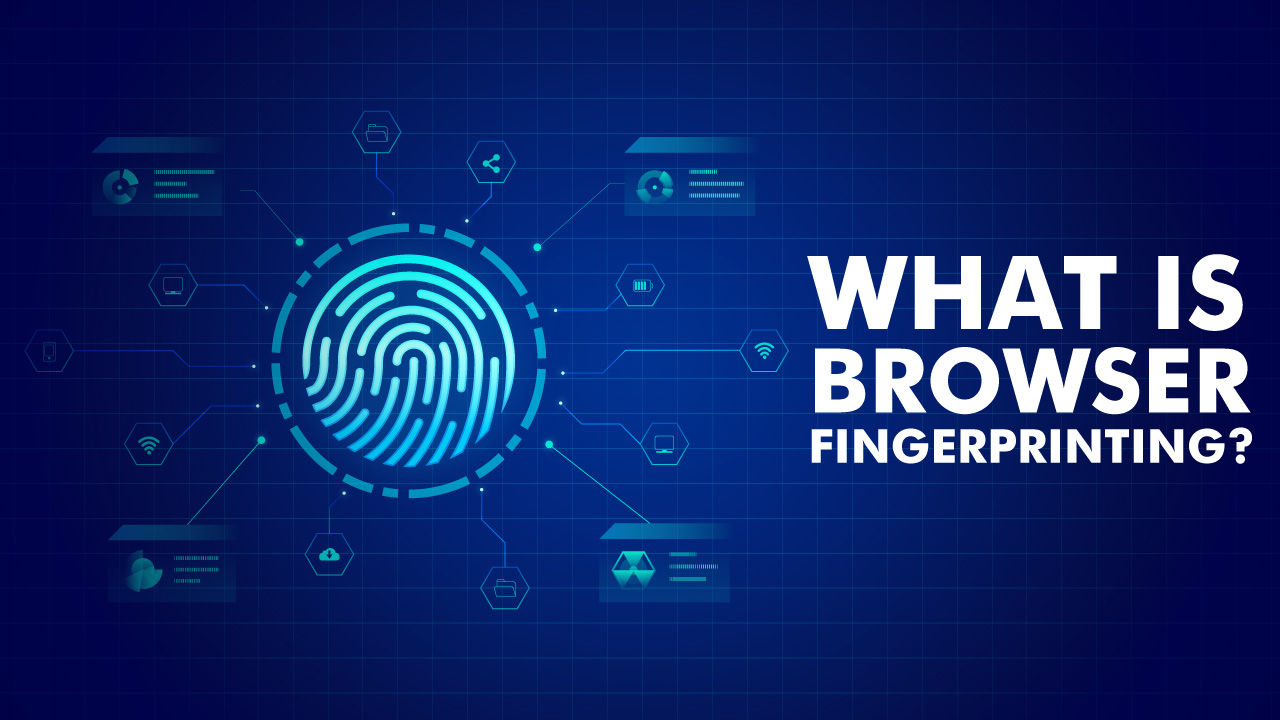Browser fingerprinting is an alternative of cookies. Publishers can no longer rely on cookies for collecting user’s data because of more and more privacy laws coming into action for protecting user’s information.
In this blog we will tell you about browser fingerprinting and browser fingerprinting is a good thing or not.
What is Browser Fingerprinting?
Browser fingerprinting also called device fingerprinting is a process through which information of a user is collected via a web browser. The information collected from a user’s device is known as a browser fingerprint.
Different kind of information from user’s device is collected through JavaScript code when a user visits a website which creates the digital fingerprint.
Which is better Cookies or Browser Fingerprinting?
Cookies are not much accurate as browser fingerprinting. Browser fingerprinting can provide more accurate user profile than cookies. Due to some limitations using cookies, browser fingerprinting is a better option. Several common cookie limitations are:
- Users can delete cookies through privacy settings.
- Ad blockers can detect ads easily if you are using cookies.
- Cookies are not an effective way to track mobile devices users.
Is Browser Fingerprinting a Good Thing?
Device fingerprinting uses information of user’s devices instead of their personal information for example IP addresses. But this does not mean that it is not violating any privacy laws. According to GDPR definition of personal information includes data points that are used for creating device fingerprints.
This is the reason cookies are better than browser fingerprinting in light of privacy laws. But if you want to use browser fingerprinting you will have to make sure that the user allows you to share their personal information.
Browser fingerprinting is a good thing for digital ad industry if publishers manage to use it without violating any laws.

